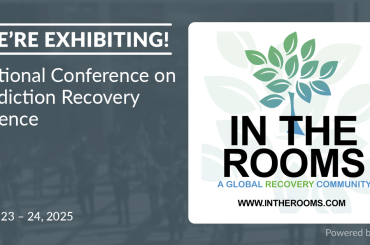There’s an old saying, “we are creatures of our environment.” Developmental and psychological factors that impact and shape your life are influenced by the people around you, your activities, and where you live.
While this is true for everyone, it is particularly important to understand while in recovery. While addiction involves changes in your brain and your body’s chemicals, it is also impacted by your surroundings and environment.
The Impact of Your Environment
One of the most basic aspects of addiction recovery is ensuring you are in an environment that supports your ongoing recovery. If your actions occur in the same environment, again and again, your mind will eventually switch to autopilot.
As you do mundane tasks each day, such as driving or walking, consider how much your mind is wandering. People do the same things so much that they get to a point where they can do them without even thinking.
This concept also applies to addiction. Your surroundings and environment play a huge role in meeting your goals and stick to commitments you have made. If you want to quit drinking, you have to stop going to the bar. If you want to stop eating sugar, avoid going to sweet shops. No matter what you want to do, the environment you are in will directly impact your likelihood of success.
If you have ever struggled with addiction, you know that if you put yourself in a situation where you may experience a craving, the possibility of relapse is high. Staying in a positive and sober environment is essential when trying to maintain your sobriety.
Now it is time to figure out ways you can make your environment conducive to recovery. From making yourself comfortable to ensure you get access to natural light from solar panels or other sources, keep reading for some tips to create an environment that supports your ongoing recovery.
Choose Comfort
A basic need for most people is having a sense of security and safety. You should look for these things in your environment. You should also create an area where you are physically comfortable. This includes an area that is a comfortable temperature, that is familiar, and that provides a sense of psychological comfort.
Reduce Clutter
Did you know that visual “noise” can increase stress? If you have a confusing, dirty, or cluttered environment, it can cause you to feel helpless, sad, or worried.
When trying to declutter, start small. Begin with a smaller area in your house. For example, organize one drawer, a single shelf, or clear your counter. This is going to give you an idea of how you can keep moving forward. It will also give you something to do when other factors seem discouraging. Once you have cleared an area of clutter, keep it clean. You can build on this and tackle just one area at a time.
Appease Your Senses
Your senses are part of your comfort. Take time to choose colors that you find appealing for your furniture and walls. You should also place objects and photos that have special meaning to you. You can also add other items that you find appealing, such as an aquarium and artwork. If you find the sound of water calming, consider adding a water element to the space. You can appease your sense of smell with a vaporizer or diffuser, which can be used to disperse various essential oils.
Lighting Considerations
Natural light is important during recovery. It is associated with enhanced morale, improved mood, reduced fatigue, and lower cases of eyestrain. Try to take advantage of any natural light you have access to. Along with this, be sure to supplement natural light with different light sources indoors, such as floor and table lamps.
Take Nature Inside
It is possible to increase pleasant feelings and reduce fear, anger, and stress by spending time in nature. If you can see trees or other plants near or in your home, you will reap all these benefits.
As you can see, there are many things you can do to improve your environment during recovery. Keep the tips and information here in mind to know how to get started and how to create an environment that encourages ongoing recovery.







